Come Play With Us: An Alternate Hyperreal Calendar
Demons, zombies, vampires, and Paris Hilton abounded in Hyperreal Hotel’s October 2023 lineup. In this month’s alternate calendar, the Hyperreal Film Club community pairs each of the 13 screenings with its evil twin: from nuclear apocalypses to classic hauntings.
Phantasm—City of the Living Dead
If Phantasm feels like an American director adopting European horror techniques, then City of the Living Dead plays the exact opposite: a European creator folding American literature and folklore into a gory, dreamy odyssey through death and beyond. The first of Lucio Fulci’s infamous Gates of Hell trilogy, Living Dead follows a group of hapless townies as they try to survive an onslaught of ghost priests, pizza-faced ghouls, worm storms, and other goopy unpleasantries.
Pulling influence from the works of H.P. Lovecraft and Edgar Allen Poe, City of the Living Dead provides a fascinating look at American horror mythos from the outside. The movie feels like a fractured mirror held up to core concepts such as New England witchcraft, religious zealotry, and characters who go mad in the face of forbidden knowledge. As this is a Fulci film, it's all filtered through some campy performances, beautifully unreal dialogue, and some of the nastiest gore you'll ever see, complete with a girl barfing up her entire intestinal tract. If you aren't familiar with the works of Fulci, then City of the Living Dead is a great place to start. And if you are, then there's never a bad time to revisit the foggy, death-cursed streets of Dunwich. Just always watch your back – you never know when a flaming zombie might sneak up on you.
House of Wax—Stir of Echoes
As much as we love to crate dig, scouring the depths of the internet to unearth grimy, unknown delights featuring one-time actors and a single multi-hyphenate writer/producer/director/crafty gunning for the stars, sometimes you just wanna watch an A-lister COOK. There’s something so comfy about being in capable hands, ol’ daddy Hollywood just crooning in your ear telling you that you’re gonna have a nice time because you’re consuming an infallible, test-audience-tested product.
While House of Wax (2005) is much more than that, it’s still got that surety to it, a sort of psychic vow delivered ahead of time straight to your brainstem that it’s gonna be worth the price of admission. Stir of Echoes, the other Fall 1999 movie about a weird little kid that sees dead people, makes the same promise. And fulfills it with bells on by, for a 99-minute runtime that we love to see, letting you watch Kevin Bacon COOK.
Don’t worry too much about the plot here, just know that Kev gradually loses it over the course of the movie and spins out in wider and wider scorched earth spirals, taking us along for the mad, mad ride. Like, rents a jackhammer from Home Depot and sends it plunging through the ripped up floor of his rented Chicago townhouse to blast up his basement sort of mad. Round it out with some truly inspired phantasmagorical hypnotism and gruesome murder flashback sequences, and you’ve got a movie that gives you exactly what you came here for. Paris would be proud!
Event Horizon—Thir13en Ghosts
Catching Event Horizon for the first time at Hyperreal this month was such a blast. The horrifying visuals and creeping terror of realizing you’re stuck on a ship of ghosts reminded me of one of my go-to, silly-yet-spooky favs Thir13en Ghosts. Though based on master of horror William Castle’s flick from the ‘60s, Thir13en Ghosts is realistically not a masterpiece. Its music video-esque editing style and straight-up full-frontal nude ghost character solidify this film in the Nü Metal genre (a genre Event Horizon also belongs to) and its script certainly feels lacking. However, this film has some phenomenal character designs and one of my favorite movie kills ever. But most importantly, it has Mr. Adrian Monk himself, Tony Shalhoub. Shalhoub is incredible in this film (especially when sharing scenes with scenery chewer Mathew Lillard). A true testament to who he is as an artist, you’ll root for him the whole way through, even when his family is committing every possible no-no in a scary movie. The production design also shines in this film. You spend almost the entire duration in an ever-changing glass maze that’s decorated by golden protection spells.
Will you add this film to the ultimate horror canon? Probably not, even though I did. But will you have a good ass time watching Elizabeth Shannon freak out about how much she loves bathrooms every other scene? Most likely. If you do get around to watching it, I implore you to rank the ghosts by sexiness and then send me your list. We’ll compare notes.
28 Days Later—Threads
Alex Garland made his name as a novelist before mainlining into films with his original screenplay 28 Days Later. The bloody hit catapulted Garland into a career conceiving stylized thrillers that sprout from fertile foundations of verisimilitude.
But can he do romance? British filmmaker Mick Jackson, who later directed L.A. Story and The Bodyguard, began his career with what is widely considered one of the most disturbing films ever made. Like Garland’s debut, Threads tracks a group of rattled survivors through a harsh post-apocalyptic landscape, and is suffused with a calloused, working-class British atmosphere. Written by the social realist playwright Barry Hines, Threads follows a young couple who are forced to reckon with the fallout of a nuclear attack on the fading industrial city of Sheffield. Produced by the BBC in 1984, the 40th anniversary of the bombing of Hiroshima, the film captures the bleakness of life in the age of nuclear superpowers.
The flesh-ripping horror of 28 Days Later is balanced precisely against Garland’s use of quotidian details, like the fast-food ketchup packet the starving protagonist sucks down to keep his blood sugar from tanking. Similarly, Threads derives its power from its early scene-setting in claustrophobic flats and smoky pubs. Conversations falter beneath the roar of scrambling fighter jets. A run on a grocery store is shot with the frame-tilting intensity of a zombie attack. Then the bomb hits, and the nightmare begins. From its arachnophobic opening (society is a spiderweb, intricate and fragile), Threads is a horror film through and through. There is no shortage of gore in the film’s final act; the images vibrate with eerie intensity as it delves further into its irradiated heart of darkness. But it’s the rare shocker so devoid of make-believe it’s actually difficult to sit through.
Scream—Wes Craven’s New Nightmare
Wes Craven’s Scream may be the most well-known and beloved meta-horror movie out there, but two years prior to its release the world was introduced to Wes Craven’s New Nightmare. Craven’s first foray into meta narrative places the viewer into a world where all of the previous Nightmare on Elm Street movies have been just that—movies—until the crew of the newest installment begins to be terrorized by horror icon Freddy Kreuger. While Scream sees Craven inventing a horror icon for a new generation in the form of Ghostface, New Nightmare shows the director returning to arguably his most iconic franchise and breathing new life into it after some lackluster entries. An incredibly fun film on its own, New Nightmare is further improved when viewed in the context of Scream, providing an obvious blueprint for the ideas Craven plays with and fleshes out throughout the franchise.
The poorest performing entry in the Nightmare franchise from a box office perspective, New Nightmare deserves a watch by anybody who's a fan of the franchise, Wes Craven, or madcap, over-the-top, self-aware horror movies. Multiple members of the original cast return playing fictionalized versions of themselves, as well as genre legend Robert Englund as both himself and everybody’s favorite boogieman. New Nightmare contains the seeds of the ideas Wes Craven fleshes out in both Scream and Scream 2 while simultaneously providing plenty scares of its own.
Basket Case—It’s Alive
For a true companion piece to Basket Case, refer to Henenlotter’s follow-up Brain Damage—another horror-comedy on repressed desires manifesting as an evil rubber monster. However, those seeking more treatises on twisted family dynamics would do well with Larry Cohen’s It’s Alive, a grim drama about fears of parenthood as represented by a killer baby with fangs and a giant veiny head.
Don't expect a schlocky creature feature. It’s Alive is a far more grounded film than the logline would suggest; tethering palpable paternal anxiety and regret to a murderous infant narrative which could easily fly away in the hands of a less skilled director. Here it all clicks together like a greasier Rosemary’s Baby, never dipping too far into outright nihilism or the absurdity inherent in a nasty fucking baby ripping through jabronies or slaughtering an entire nursing ward off-camera. This restraint may not be for everyone—god knows I was dying to see a mutant baby bust out through a guy's chest cavity or something—but if you can handle some taste and pitch-black artistry with your newborn no-gooders, then It’s Alive is the way to go.
Coraline—Moon
If you missed Hyperreal’s showing of Coraline and haven’t seen it in a while, your memories of the movie probably center around button eyes, jumping mouse circuses, the catchiest song ever written about the name Coraline, or maybe as a gateway drug into the wonderful world of horror movies for a younger generation. But as joyfully weird as Coraline is, part of what's made it an enduring classic is the complex themes that it handles such as isolation, reality vs. illusion, and a desire for a better life. In 2009, the same year Coraline originally hit theaters, Duncan Jones (David Bowie’s son… yes, really) was investigating those same themes, from an admittedly very different angle, with sci-fi thriller and Sam Rockwell-star vehicle Moon.
In Moon, Sam Rockwell plays Sam Bell, the sole miner on a lunar mining base nearing the end of a 3-year deployment, kept company only by his own thoughts and an overbearing robotic assistant. Like Coraline, Sam feels isolated, with nobody meaningful to talk to except an annoying robot, similar to how Coraline has her neighbor Wybie. Like Coraline, Sam finds himself daydreaming about a better, idealized version of his life, away from the realities and struggles he finds himself in. Like Coraline, Sam will quickly find that the reality he thinks he is living in is much more twisted than it might appear. Like Coraline’s “other” family, Moon has…. Well, you’ll just have to watch it.
Ringu—Pulse
In Hideo Nakata’s Ringu and Kiyoshi Kurosawa’s Pulse, mythological and archetypal fears and old ghosts are resurrected inside The Machine, waiting for you to see them, that they might linger a while in the back of your head before grabbing you. There’s an understated stillness at first to both of these films, a deafening quiet that makes the sight of things that should not be all that much more unsettling—as shadows grow in the dim glow of TV and computer screens. Nakata’s Ringu is a high watermark for 90s J-Horror, simplifying an unwieldy series of books into something of uncanny unconscious resonance, and from which we can draw a direct line to our present-day Analog Horror. It’s also, it bears mentioning, one of the only J-Horror films whose essential narrative power and nightmarish imagery is so resonant and even Jungian that it survives its much quicker and louder contemporary American remake.
Kurosawa’s Pulse is a step even further, both for the essential idea of the technological ghost, and for Kurosawa’s own cinema of creeping dread and dark, elliptical lyricism, in a film I’d even put slightly over the seminal Cure. Both of these films are indelible works, both of their time in the best possible way, and assuredly timeless—because the source of their myriad horrors hasn’t gone away: it’s grown. Mutated. Corroded. We’ve been living in their New World of Horrors for a long time.
When you turn on the screen, what waits for you on the other side?
Lair of the White Worm—Rawhead Rex
Lair of the White Worm is a bonkers film based on a Bram Stoker story. Because of Stoker’s prolific writing career and influence on horror and dark fantasy, the highest-achieving writers in the genre are awarded the Bram Stoker Award. Though many geniuses have been granted this award, one of my all-time favorite recipients is Clive Barker. Barker has written some of the stickiest, gory stories that have been turned into screenplays, but the one that sticks out to me as the most truly outrageous is the pee-soaked Irish folk horror story from 1986, Rawhead Rex. The movie follows the havoc caused by waking a pagan deity in Ireland. Much like Lair of the White Worm, Rawhead Rex contains an ancient danger that lives below the surface of beautiful countryside that has the power to devastate the village nearby.
Exploring Celtic myth and more phallic imagery than you can shake a dick at, both films shine when it comes to their over-the-top villains. Both are depraved and basking in sacrilege, giving into carnal desires vigorously and often, though the eponymous Rex differs greatly from Lair’s villain Lady Arabella. While Arabella is slinky and sensual, Rex is crude and brutish (and was apparently supposed to be shaped like a giant penis). Rawhead Rex lends itself a bit more to realism and is far more primal than the gothic Lair of the White Worm, but the films still feel like cousins, even if those cousins are a bit estranged. If you enjoyed gasping at every turn on Lair of the White Worm, I expect you’ll get a kick out of this one. Oh, and they both serve so much cunt.
Heathers—Massacre at Central High
You’d be hard-pressed to create a more twisted inversion of the mid-80s teen comedy than Heathers (1989). In an era when John Hughes delivered fun-for-the-family flicks with easily resolved adolescent problems, Heathers dropped a bomb of cynicism and staged suicides. Parents, teachers, and anyone with a moral compass are out of sight as protagonist Veronica Sawyer (Winona Ryder) gets swept up in a murderous rampage against the popular kids, led by Christian Slater playing a sadistic new arrival to their Ohio high school. Heathers has rightfully become an enduring cult classic, with perhaps the most quotable one-liners of any teen movie.
13 years earlier, Dutch filmmaker Rene Daalder released his own subversive teen thriller populated with vicious high school cliques, absent adults, and a new student bent on revenge against the bullies. Massacre at Central High (1976) is Heathers with all the shine rubbed off. Critics have highlighted the similarities between the two movies, with some pointing to Massacre as a direct influence on its successor—but Heathers screenwriter Daniel Waters contends he’d only read a review of the movie, not seen it, and been left with the idea of it “rattling around somewhere in my subconscious.”
While Heathers wraps its audience in a technicolor daydream with tailor-made vernacular, loopy song motifs and biting comedy, Massacre’s unimpressive filmwork and stilted dialogue provide more space to consider its (maybe too heavy-handed) take on fascism. Heathers’ protagonists make accidental martyrs out of the popular crew, but Massacre shows the bullied become bullies themselves as they jockey to fill the power vacuum left by their murdered tormentors. In this Lord of the Flies suburban hellscape, Massacre gets into the questions of power and oppression that Heathers skirts. Low-budget aesthetics and on-the-nose social commentary may have left Massacre overshadowed by Heathers, but those looking for a second dose of schadenfreude—in a tight 87 minutes—should give it a try.
Twilight—Only Lovers Left Alive
Draculas, Nosteratus, Creatures of the Night. There is nary a creature more alluring in fiction than the vampire. Throughout history, and certainly throughout film history, vampiric tales have waxed and waned in popularity. From the days of silent pictures like Nosferatu and Vampyr to Bela Lugosi’s Dracula, the cinematic lore of vampires has been built up for nearly a century. But there’s one defining characteristic that has emerged in recent years: horniness. Draculas that love to get down. Twilight honed in on this concept of the horny vampire and combined it with the insatiable desires of first teenage love. Twilight harnesses the power of the unobtainable, and few modern films have so effectively communicated the drug-like nature of vampiric romance. But Only Lovers Left Alive, by legendary director Jim Jarmusch, also succeeds at drawing attention to this overpowering primordial horniness.
Only Lovers Left Alive, for those who haven’t seen it, is a vampire flick starring Tilda Swinton and Tom Hiddleston as ancient undead couple Eve and Adam. It’s a relatively plotless and character driven affair, but that’s really Jarmusch’s bread and butter. This works as a perfect companion piece to Twilight because it feels like an expanded version of the Edward/Bella romance. The allure of an eternal life of lust has abandoned Adam and Eve at this point in their lives. Depression and boredom at life’s triviality dominate the couple’s sentiments. This double feature would let the audience witness the initial spark that started the flame as well as the dwindling of the candle.
The Craft—Daisies
Something wicked this way comes, and that wicked thing is the overwhelming fear of existing in a world that you cannot control. It’s existence within the ideas of other people’s perception of you. The Craft, directed by Andrew Flemming, is a tale about some wonderfully dressed witches who actively reject this sentiment. Starring Robin Tunney, Fairuza Balk, Neve Campbell, and Rachel True as the young coven, they harness the dark forces of witchcraft to alter their lives and the lives of those around them. They are seen as outcasts in their school and in the world. However, by using their newly acquired powers, they alter themselves and the world around them. They can reject society’s perception of them, and create a world where they have complete autonomy over their lives. Daises, while not a story of witchcraft and horror, is a film that echoes this sentiment.
Daises is a Czechoslovakian new-wave film from director Vera Chytilová. It features two young women who indulge themselves in the pleasantries of life through the pockets of several rich men. They eat and drink anything they can get their hands on, rewarding themselves for having to deal with a world that treats them poorly. It follows the same counter-culture themes of The Craft while living in a semi-realistic world. While the actions of the characters in both films can be absurd and selfish, it's all entirely justifiable. We are creatures that desperately crave individuality. So, we use the tools at our disposal, whether that be witchcraft or gritting, to find avenues to feel that autonomy in our lives.
Halloweentown—Mr. Boogedy
As a horror fanatic, my tastes run more toward the Lucio Fulci end of the spectrum than kid-friendly spookies. Still, there is something comforting about the Halloween entertainment Disney seemed to crank out so effortlessly in the ‘80s and ‘90s, with 1998’s Halloweentown being a revered example.
For my money, it doesn’t get much better than Mr. Boogedy, a 45-minute broadcast on the Disney Channel in 1986. Originally intended as a TV pilot, with fade-outs for commercials and everything, the film follows the genial Davis family as they move to the New England town of Lucifer Falls. “Bet nobody here has ever heard of Bruce Springsteen,” the teen daughter grumbles. The dad, played by the wonderful character actor Richard Masur, is in the novelty business, and the family’s rapport revolves around corny gags that muddle their awareness of the more supernatural goings on. Of course, the kids are the first to figure out what’s up: the house is haunted by a crotchety old pilgrim who sold his soul for a magic cloak.
The casting of Boogedy is part of its charm. In addition to Masur, we have John Astin, patriarch of the original TV Addams Family, playing the local weirdo who provides the Boogedy backstory. The child actors are all pros, including David Faustino (Bud Bundy from Married With Children) in an early role. While not exactly a masterpiece, Mr. Boogedy is a lot of fun and a serious nostalgia romp for 80s kids. Although we were never blessed with a series, there is a sequel, Bride of Boogedy, which I’m sure is just fine.

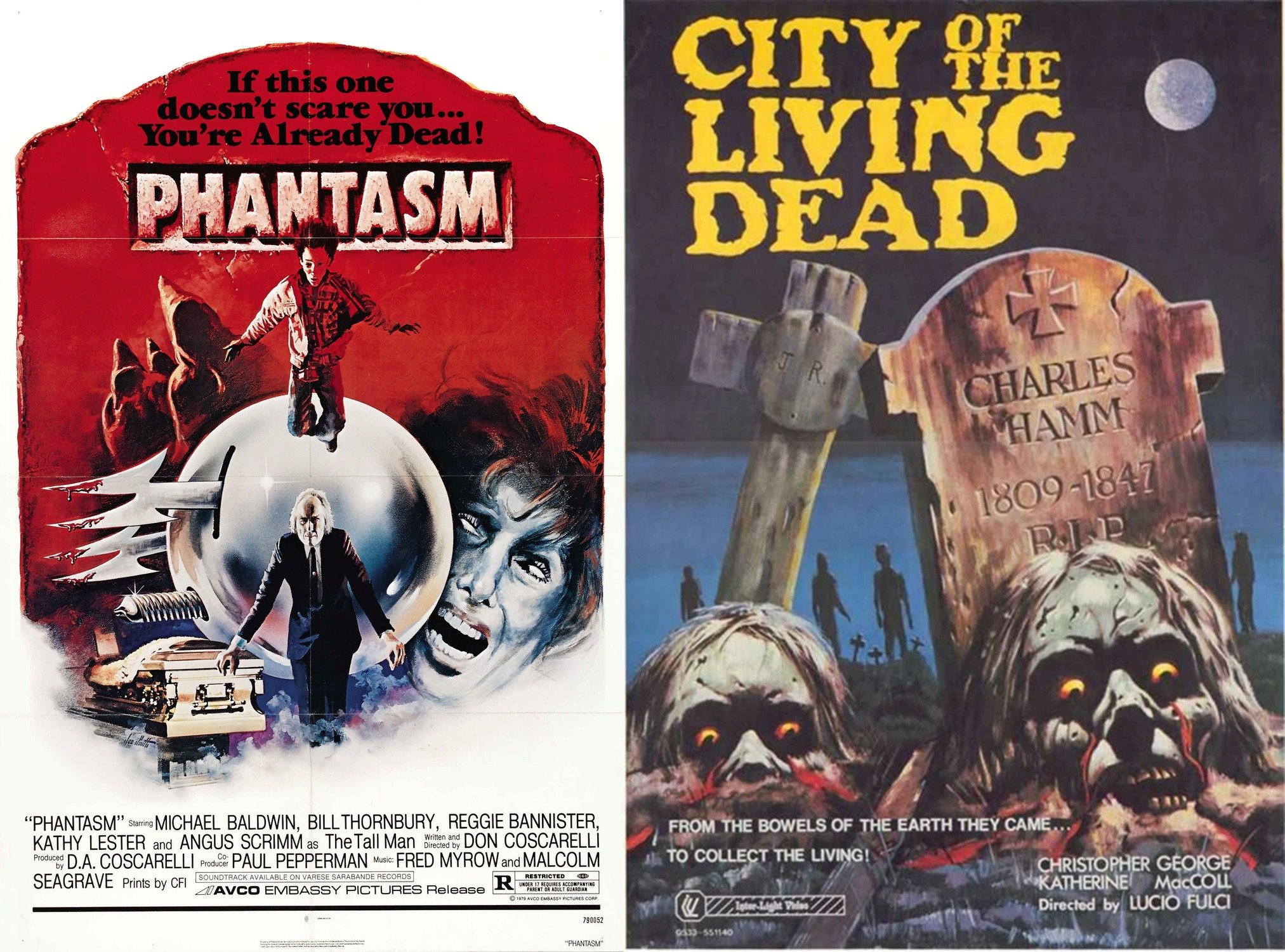
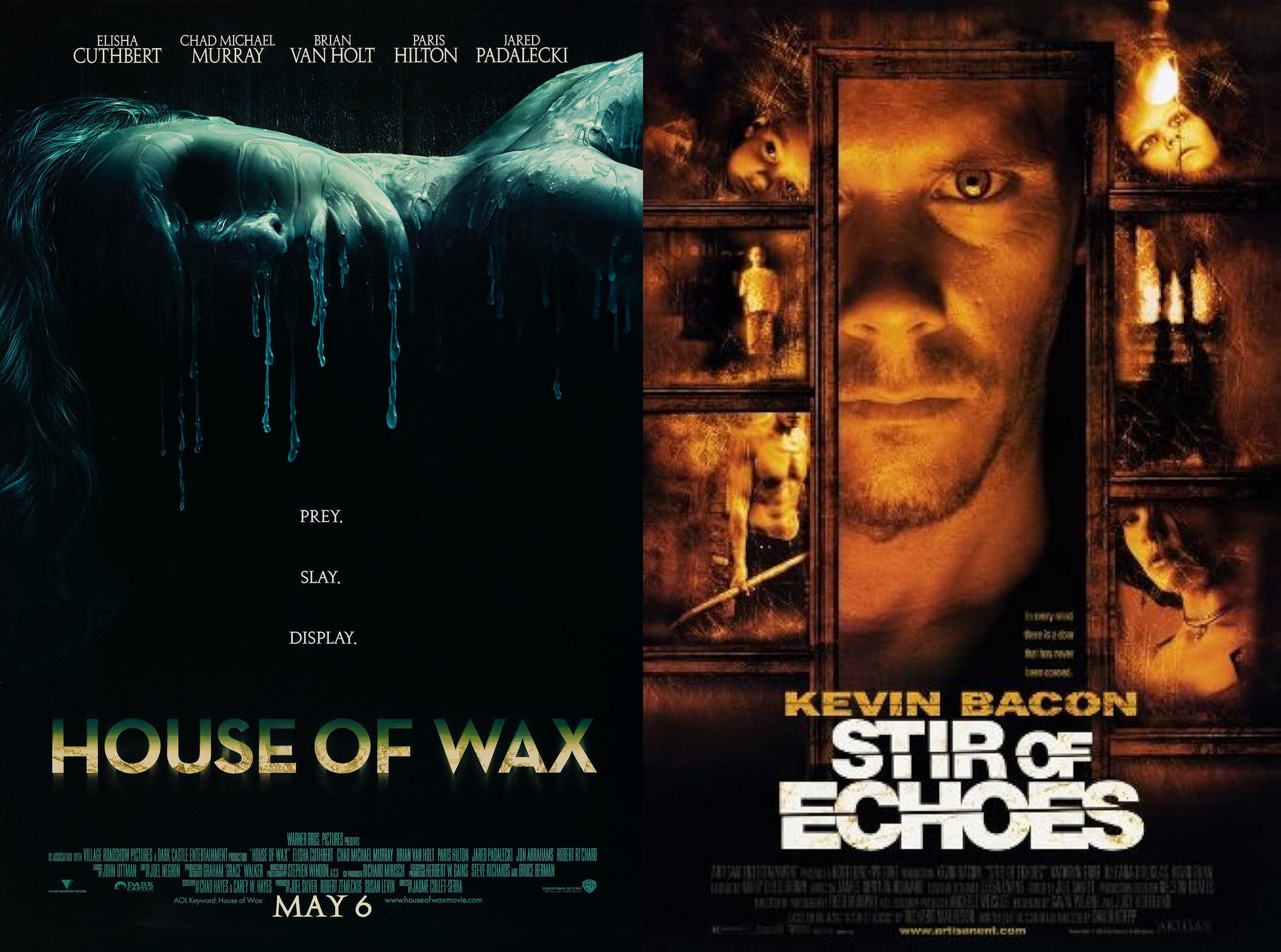



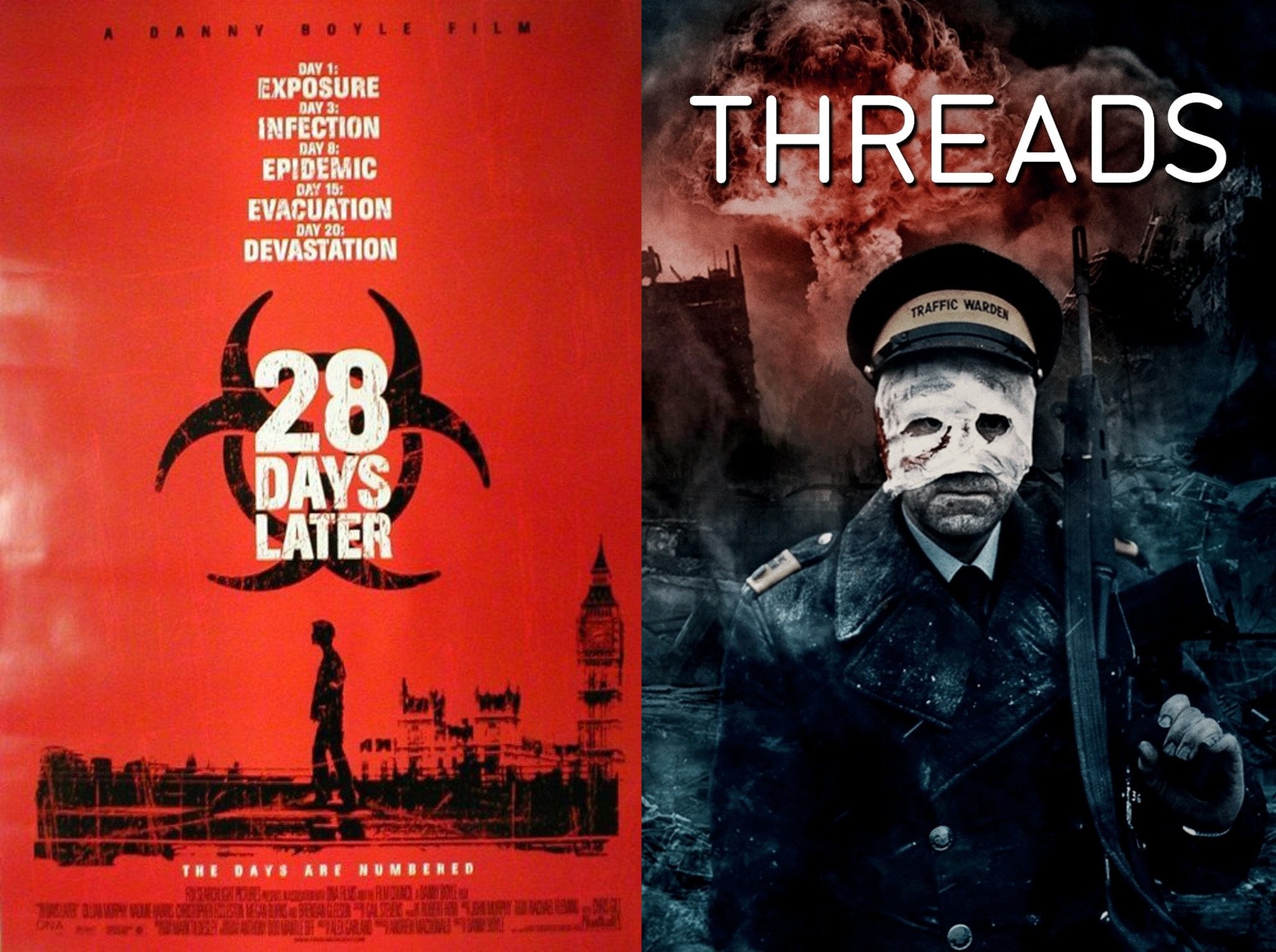



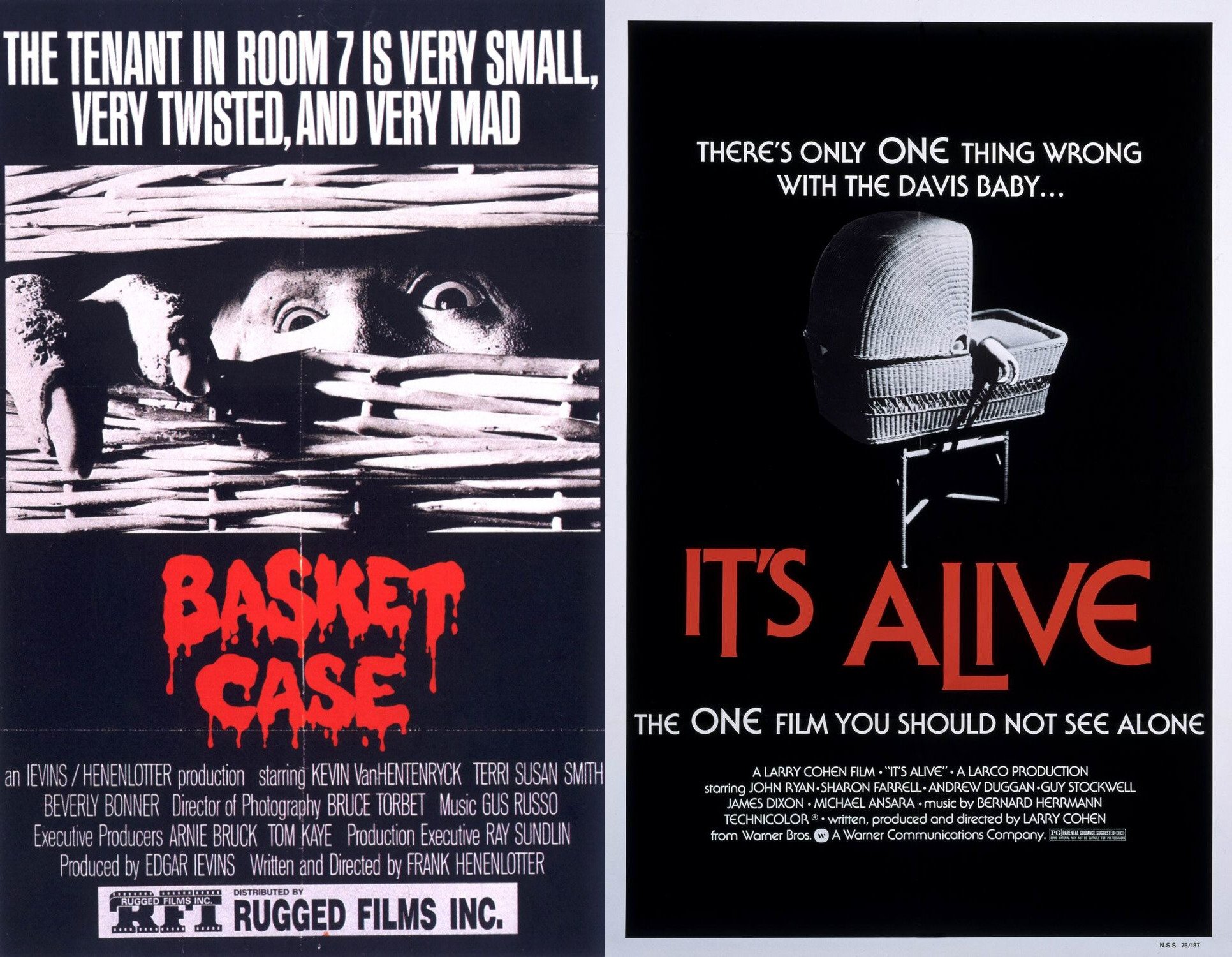

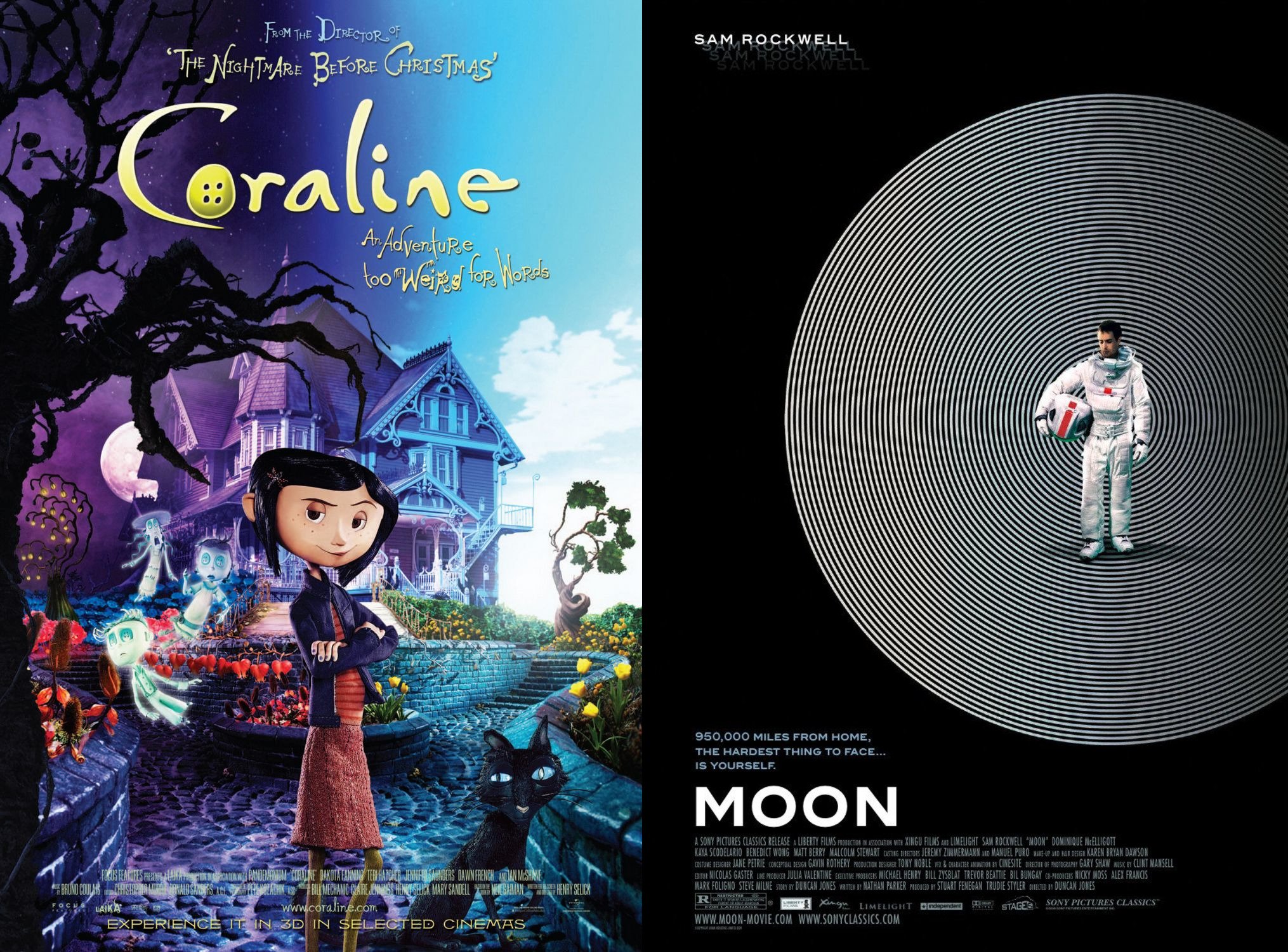


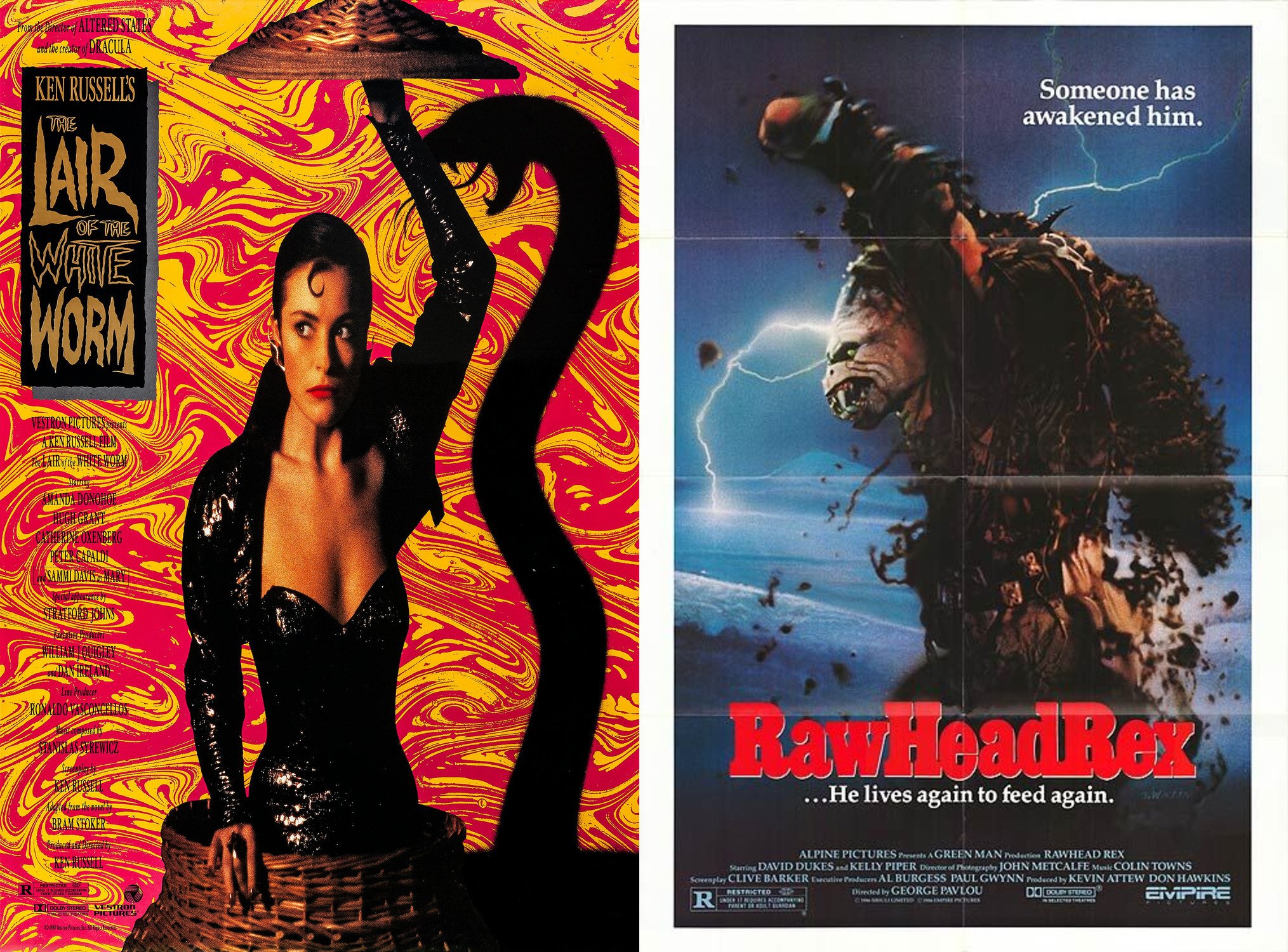





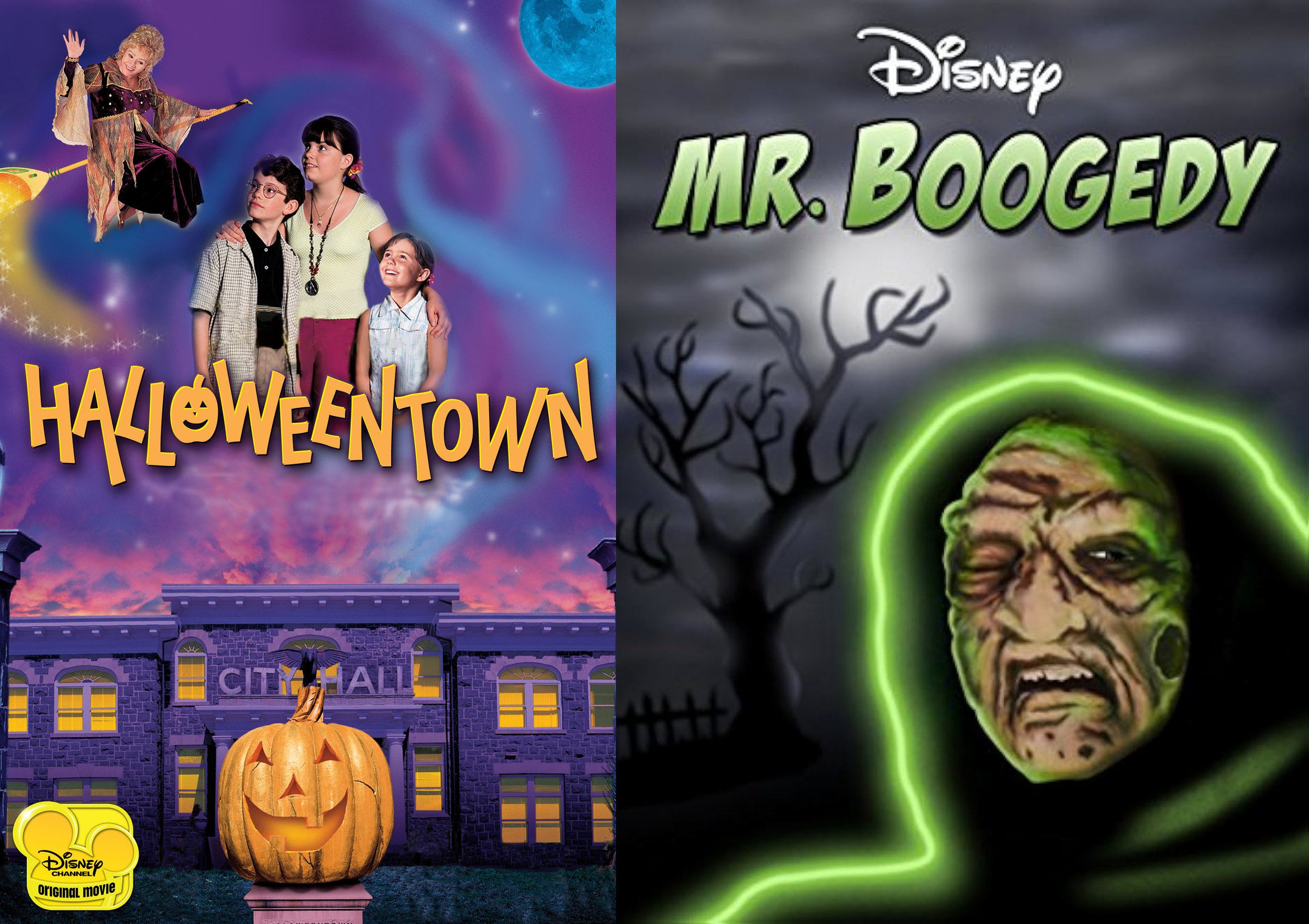
Morgan Hyde is a film programmer and completely normal woman operating out of Austin, Texas. Find her on all your favorite social media @cursegoat.